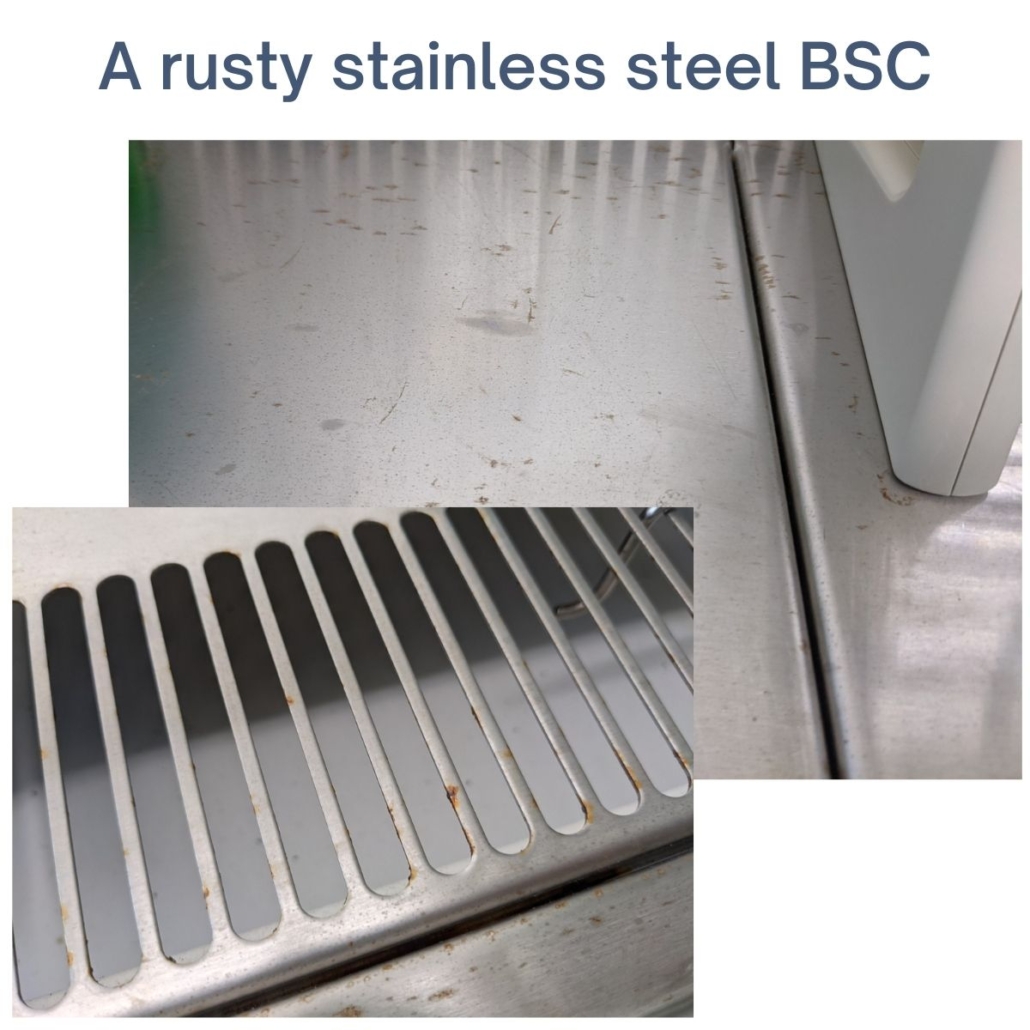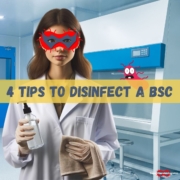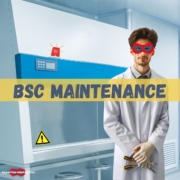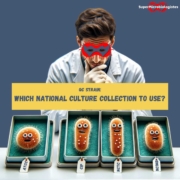4 tips to disinfect a Biological Safety Cabinet
Our experience shows that there are as many ways to disinfect a BSC (Biological Safety Cabinet) as there are… laboratories.
Generally, it is recommended to follow the instructions provided by the BSC manufacturer, but in the real life of a lab, we know very well that (almost) no one reads it, and that’s not good!
So, in this article, we will revisit a few tips to improve this crucial disinfection step for your safety, that of your samples, and for the longevity of the BSC.
The
Best
BSC
Discover the best BSCs for microbiology
We polled the SuperMicrobiologists.
Here are their favorite brands of BSC
1- Don’t rely too much on your UV light to disinfect your BSC

UV light helps (a little bit) to decontaminate surfaces.
If your BSC is dirty, UV will have no effect on potential contaminations underneath the dirt. Therefore, it is necessary to first clean all surfaces thoroughly with soapy water and some elbow grease (available in all good stores!).
UV-C (the ones with germicidal effects) are stopped by a sheet of paper. So, do not rely on them to disinfect what is under the work surface, in the corners, or in shadowed areas.
A UV tube has a limited lifespan. Just because it still emits “light” doesn’t mean it’s effective. It needs to be replaced regularly (which has a financial and ecological cost).
In summary, UV is a little extra for disinfection, but it should in no way exempt you from manual cleaning and disinfection!
2 – No direct spraying on stainless steel surfaces
Do not spray the cleaning product directly on the surfaces of the BSC.
First, apply the product on a paper towel and then proceed with the cleaning. This significantly reduces the risks of leaving the cleaning product in contact with the stainless steel (risk of rust).
This also prevents particles or microdroplets from getting into the filters (risk of premature clogging).
3 – Always rinse with sterile water
As always, do not spray the water directly on the surface, put water on a paper towel to rinse the surfaces.
As seen in # 2, this helps to preserve both the stainless steel AND the filters!
4 – No bleach in a BSC

Avoid using bleach-based products as much as possible. It’s very bad for stainless steel and greatly increases the risk of corrosion and rust. If you must disinfect with bleach, rinse immediately after with (sterile) water.
If you have other tips and tricks for cleaning and disinfecting BSCs, come share them in the comments.

















How to record the uv burn time, pls share a format for this
Can you be more specific ? Usually BSC have a preset timer for the UV.